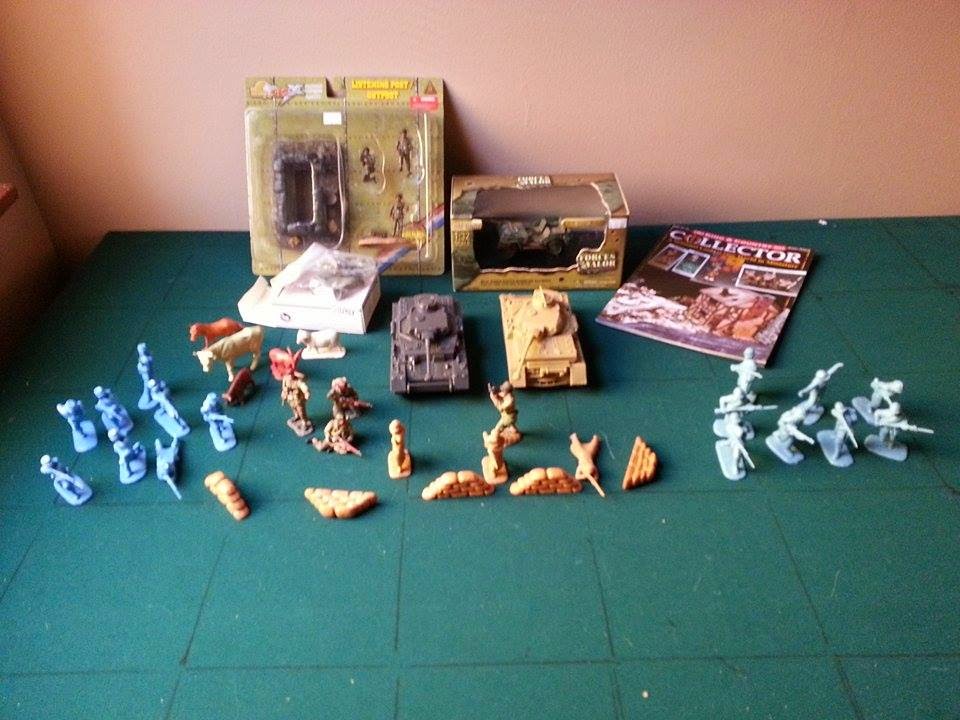Games that revolve around a mystery for which investigation is required and clues discovered may take some thought to make them work well solo. The problem with a mystery / investigation is that for a clue to point to the mystery’s solution, we are starting from an effect and working our way back, not to possible causes, but to the one and only particular cause of that instance of the effect.
Clues must present a logical and coherent picture (real or imagined) when examined, if players are to have any hope of solving the mystery. Worse still, as seen in social games with poorly designed scenarios, the correct interpretation of the clues hinges on one particular clue, which the players might not find. It is no wonder that there is often an element of railroading in social investigation games, as a result.
When reliant upon randomization for story elements, or subject to it, if that is your position, then that logic and coherency must either be imposed by the solo gamer and thus surprise and sense of discovery limited as the player tries to direct the results of random generators and sets up scenes that point to a particular solution, or ignored, which potentially results in a frustrating investigation of a mystery that remains unsolved.
If one simply accepts that some mysteries will go unsolved, then there is no problem, but for those who cannot, or for RPGs which base character changes on such success or failure, that may not be an option. For those games, some of the following might work, but I will admit to having little experience with them, as I subscribe to the idea that not all mysteries can be solved:
- Expand your role as the GM. Determine several possible solutions to the mystery, decide which is most logical. As the player, explore that possibility first - if the results point to this being the answer then there you go. If not, look at the remaining solutions, and explore the next most logical, etc.
- Decide IN ADVANCE what the resolution to the mystery is. Create a pack of cards - each containing a clue - for each scene, draw a card to see which clue you stand to gain and play out a scene around it. I think, to add to the challenge, make the possibility of losing the clue part of the scene - and if you don't collect enough clues, you can't succeed. When you have all (or whatever number you require) of the cards, you have solved the mystery and can play out the resolution. If you don't get enough, then you fail.
- As an alternative, you have all of the clues up front, your goal is to play to determine how those clues add up, and determining what they mean. The game is about finding coherency among possibly unrelated elements.
There is a bright light, so to speak, if one disregards a logical coherency of the clues and that clues must point to their cause. Lovecraftian style games, where the protagonist hopes merely to escape with their wits intact, let alone actually solve the mystery presented, benefit from this potential lack of coherency. Tenuous connections between clues spur the investigation while driving the protagonist closer to things that should be best left alone. Typically, in Lovecraft at least, the unexplained remains so to the end.


































